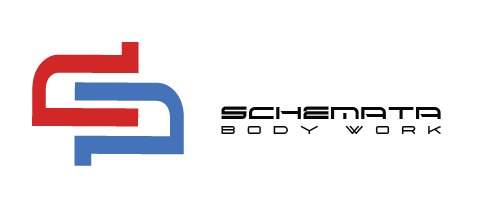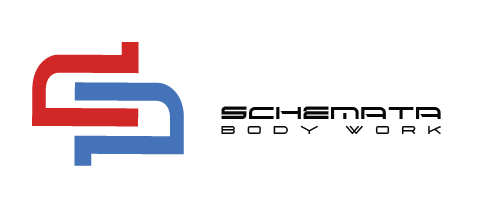What Are The Principles Of Manual Therapy?
Manual therapy has a long tradition in the Physical Therapy field, and physical therapists have made a substantial contribution to the current variety of manual therapy methods and techniques. Mechanical theories have traditionally been used to describe the mechanisms by which manual therapy methods have succeeded, recent research has shown that complex neurophysiological mechanisms are also at action, and the positive psychological effects of hands-on assessment and intervention should not be overlooked.
The International Federation of Orthopaedic Manipulative Physical Therapists (IFOMPT) defines manual therapy techniques as: “Skilled hand movements designed to produce any or all of the following effects: improve tissue extensibility; increase the range of motion of the joint complex; mobilize or manipulate soft tissues and joints; induce relaxation; change muscle function; modulate pain; and reduces.
According to the American Academy of Orthopaedic Manual Physical Therapists (AAOMPT) Definition of Advanced Specialty Practice (DASP), orthopaedic manual physical therapy (OMPT) is described as any “hands-on” care given by the physical therapist.
Treatment can involve shifting joints in various directions and at different speeds to restore mobility (joint mobilization and manipulation), muscle stretching, passive movements of the injured body part, or patient moving the body part against the therapist’s resistance to enhance muscle activation and pacing. Selected unique soft tissue techniques can also be used to enhance the mobility and function of tissues and muscles.”
Three Paradigms for Manual Therapy Therapeutic Effects
- Physiological: strong reaction to placebo
- Biomechanical and Physical: enables repair and simulation of tissues
- Psychological: pain relief through the gating mechanism stimulates; muscle inhibition; nocioceptive activity decrease; intraarticular or periarticular pressure decrease.
Use and method
In Western Europe, North America and Australasia, manual therapy is usually practiced by members of particular health care professions (e.g. Chiropractors, Occupational Therapists, Osteopaths, Osteopathic Physicians, Physiotherapists/Physical Therapists, Massage Therapists and Physiatrists). However some lay practitioners (not members of a formal profession), such as bonesetters, also provide manual therapy.
A survey conducted in May 2004 by the National Center for Complementary and Integrative Health based on who used complementary and alternative medicine (CAM), what was used, and why it was used in the United States by adults in 2002. Massage was the fifth most widely used CAM in the United States in 2007.
Techniques:
- Myofascial therapy focuses on muscle and fascial systems, encourages stability and mobility of the connective tissues of the body. It is said to mobilize adherence and reduce the severity/sensitivity of scarring. Critical research shows that the importance of fascia to therapy is questionable.
- Massage can be used as part of a care plan. Proponents suggest that this can minimize inflammation. Science writer Paul Ingraham points out that there is no evidence to support the argument.
- Friction massage is said to increase the mobilization of adhesion between fascial layers, muscles, compartments and other soft tissues. They are thought to build an inflammatory response and to initiate an emphasis on wounded areas. A 2012 systematic review found that no additional benefit was gained from the use of deep tissue friction massage in a therapeutic regimen, although the results were constrained by small sample sizes in the available randomized clinical trials.
- Soft Tissue Technique is a strong direct pressure to relax hypertonic muscles and to stretch tight fascial structures. The 2015 study found that the procedure was unsuccessful for lower back pain and that the standard of clinical testing was weak in its efficacy.
- Trigger Point strategies appear to fix Myofascial Trigger points, but the clarification of how this works is controversial.
Are You Looking for Help with Your Pain?
Sports massage from Schemata Bodywork helps people who are active or desire to be active. Who can benefit from manual therapy from Schemata Bodywork? Individuals who have careers that are restricted to working at a desk, all athletes that are looking to improve their performance or physical gains, people who have community service jobs such as firefighters, law enforcement, or military personnel. If you are suffering from injuries with acute or chronic pain, or someone who wants relief from mental or physical stress, we can help change your life. Contact us now for your appointment.

